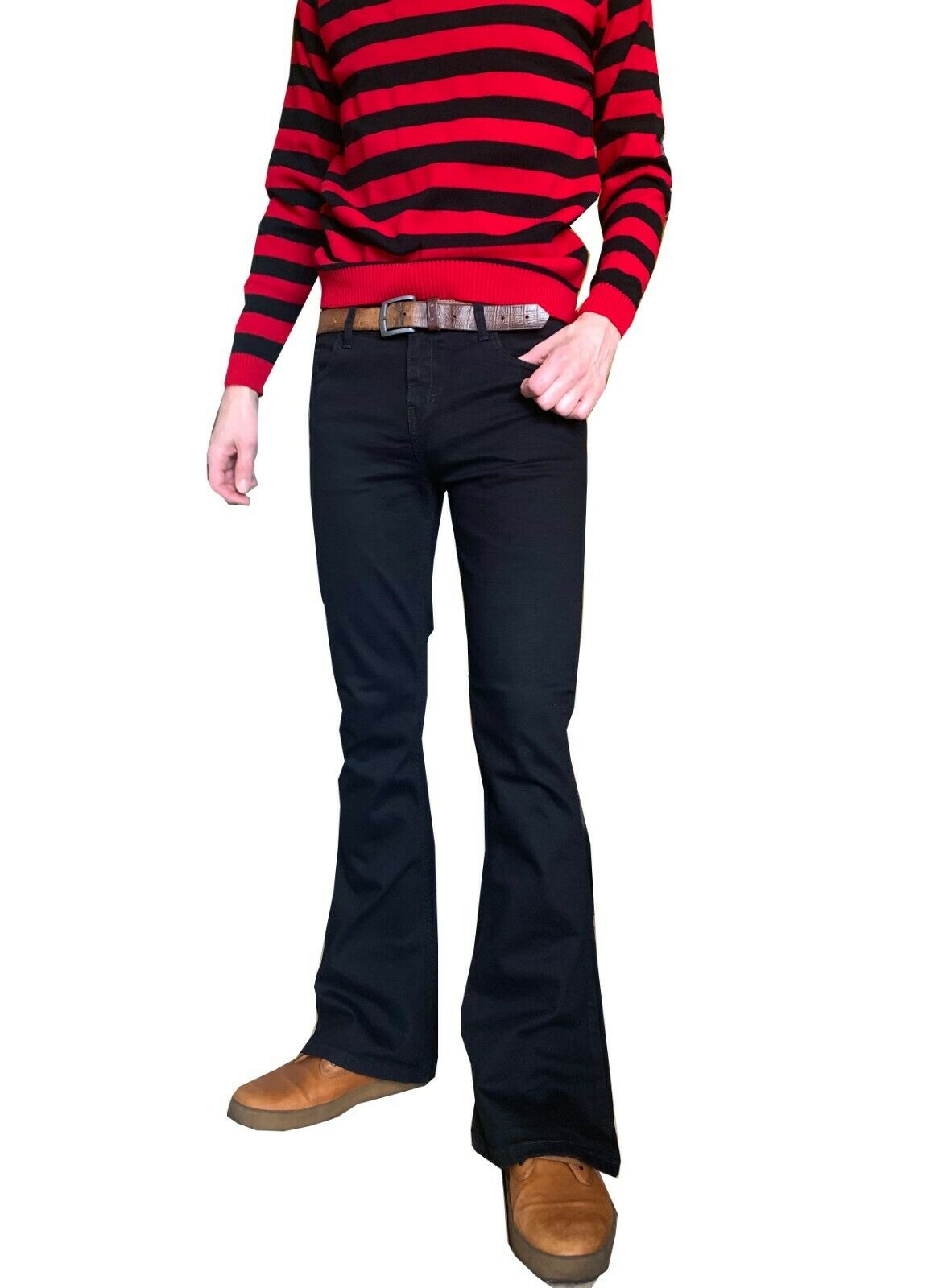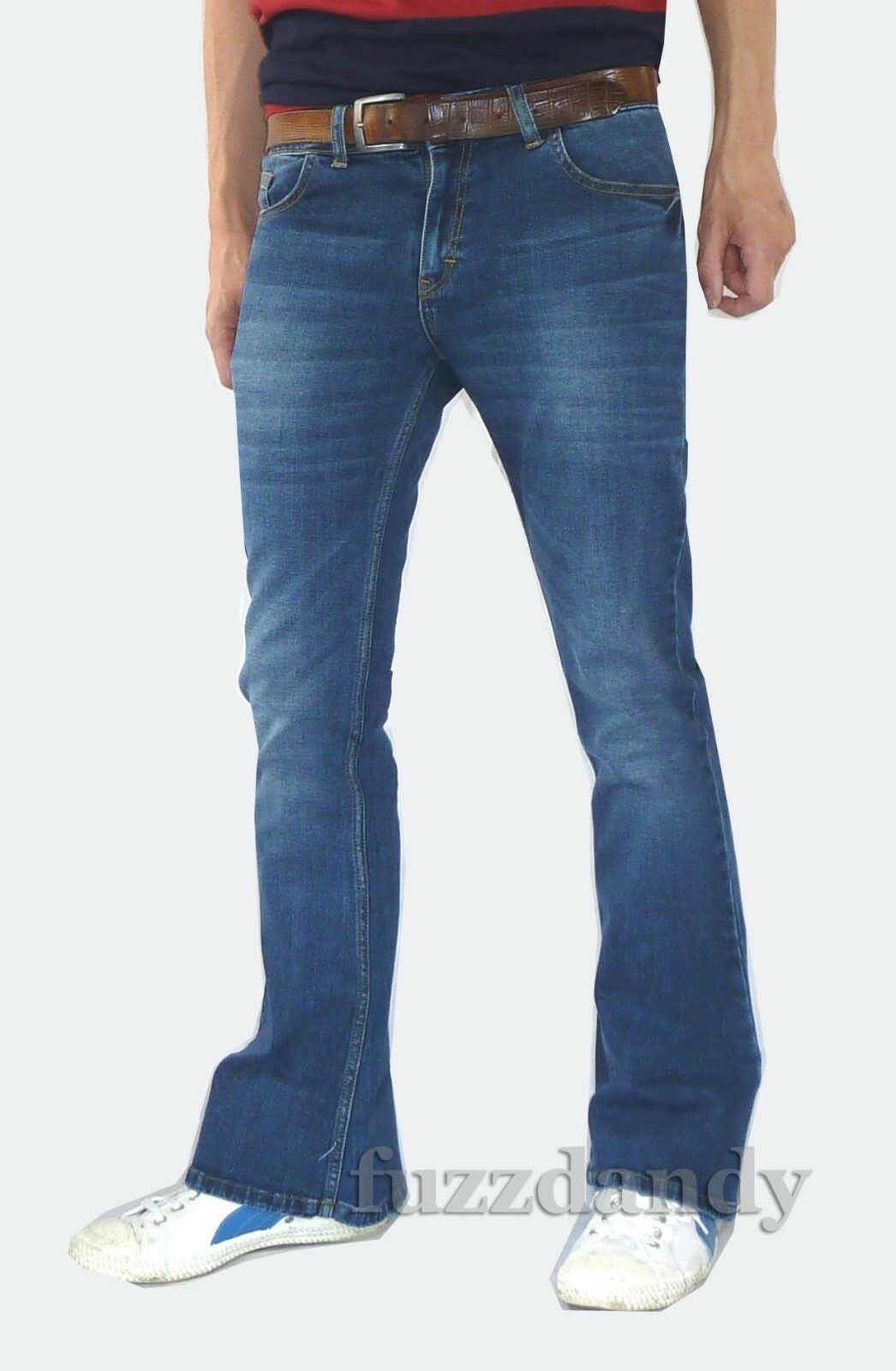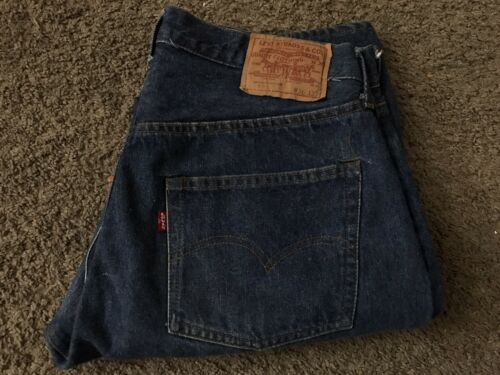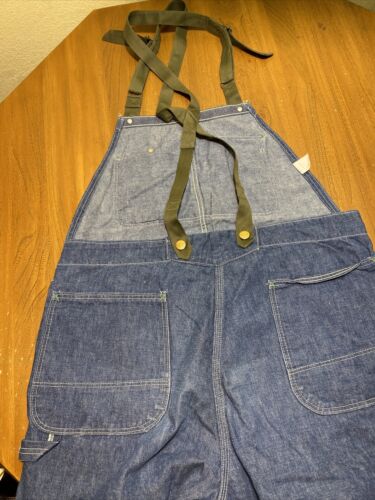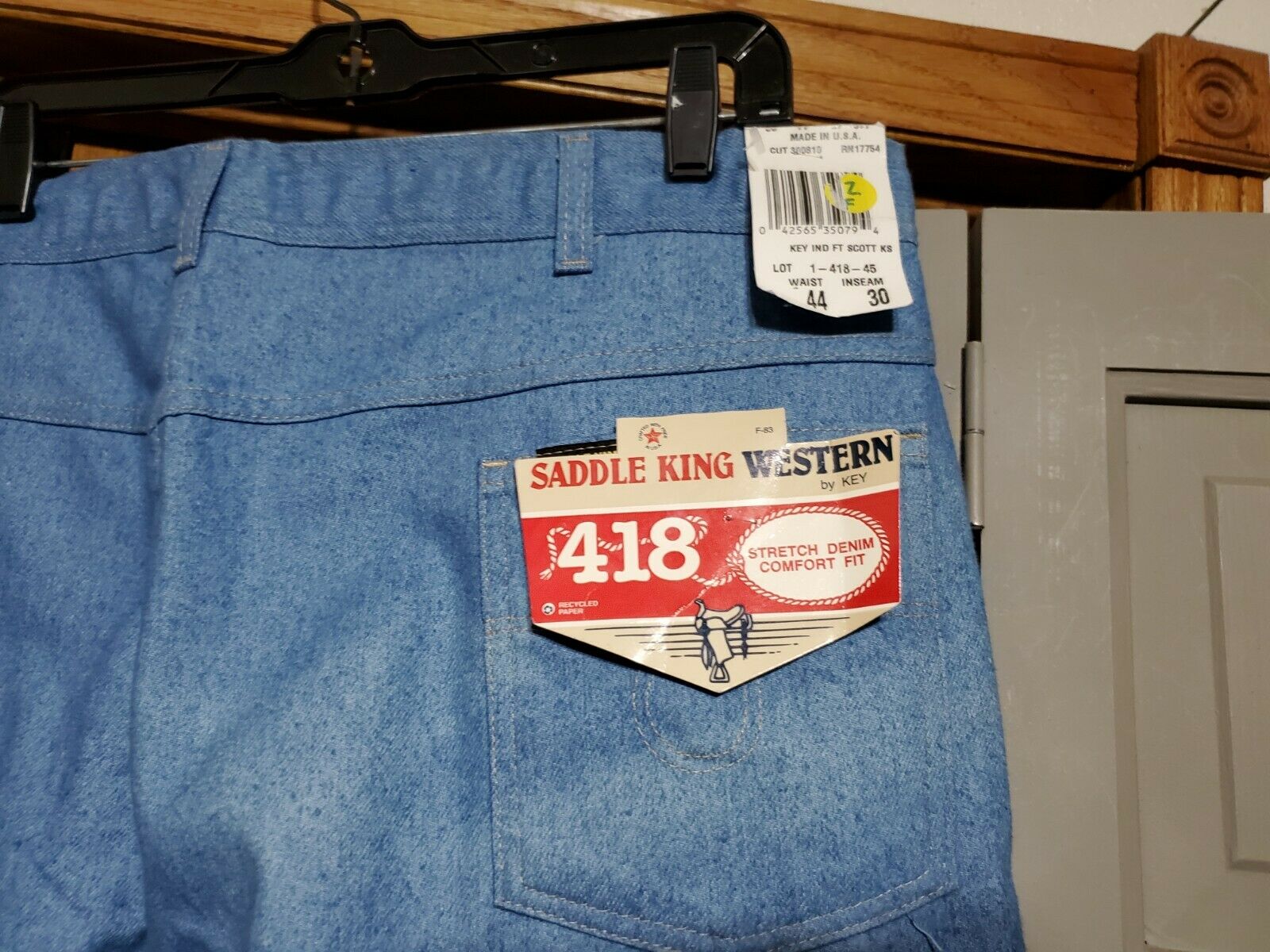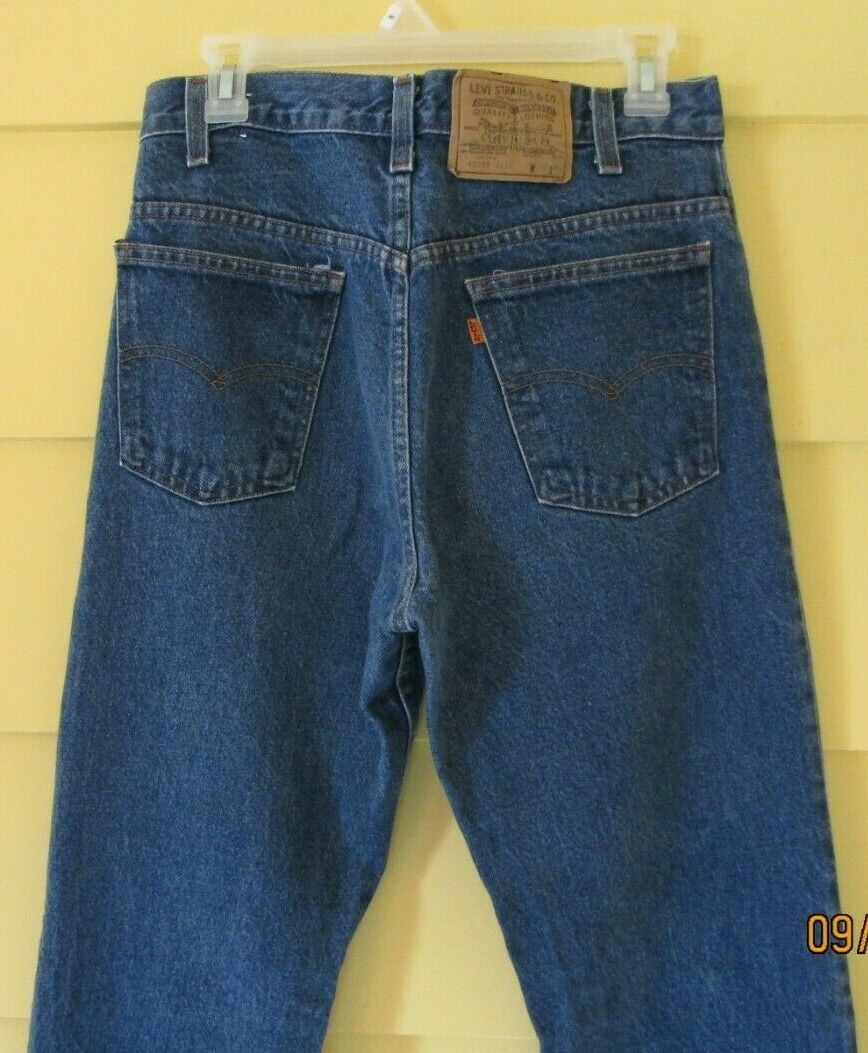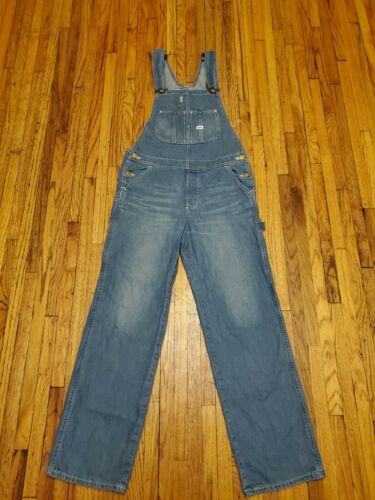-40%
Authentic Rare Pair of Vintage Roebuck Selvedge Redline Denim Blue Jeans (31x30)
$ 105.57
- Description
- Size Guide
Description
This auction is for a very rare preowned pair of Authentic Vintage Roebuck Selvedge Redline Denim Blue Jeans (circa 50's or 60's). The size is 31" in the waist and 30" long.They were part of a lot of a WWII Navy sailors estate and were interspersed with several of his ship uniform attire. I estimate these pants to be 1950's era. It is my understanding that this soldier passed away early in life, many of the clothes in this lot had been laundered and never worn again.
Seller only ships to 48 contiguous United States of America.
Thanks for looking.
Product Info:
I found this info on the Internet to help you decide ...
In 1949, Sears reintroduced the Roebucks brand on denim jeans. Roebuck jeans were advertised as "rider jeans born 'n' bread in Texas" that were as "friendly fittin' as a western saddle." The Roebucks brand of denim jeans was Sears' answer to popular private-label jeans not sold in Sears stores or catalogs. Roebucks eventually became the Sears brand for authentic western wear for men. This, despite the fact that Alvah Roebuck was actually born in Lafayette, Ind., hardly the epitome of the Old West.
You can spot selvedge denim by the tell-tale colored lines that often run along the outseam of a pair of jeans, but what exactly does that mean?
Selvedge indicates a self-binding edge of a fabric woven on a shuttle loom.
It’s also important to note that selvedge denim is not the same as raw denim. Selvedge refers to how the fabric has been woven, whereas raw refers to the wash (or lack thereof) on the fabric itself.










